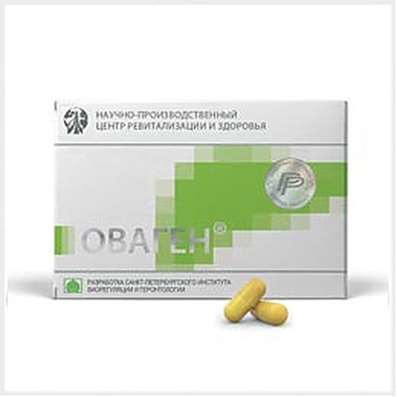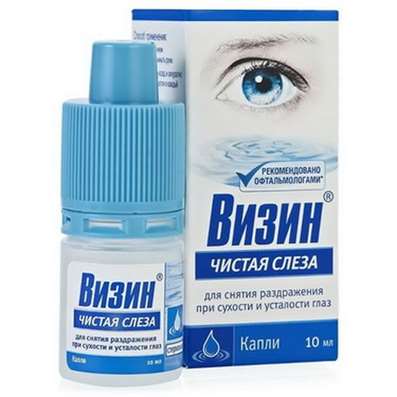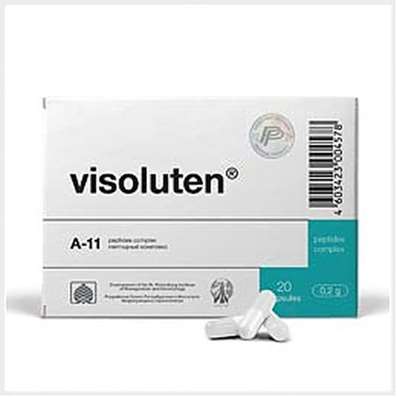Instruction for use: Atenolol + Chlortalidone (Atenololum + Chlortalidonum)
I want this, give me price
Pharmacotherapeutic group:
Beta-blockers in combination
The nosological classification (ICD-10)
I10 Essential (primary) hypertension
Hypertension, Arterial hypertension, Arterial hypertension crisis course, Essential Hypertension
Primary hypertension, Arterial hypertension, complications of diabetes, hypertension, The sudden increase in blood pressure, Hypertensive disorders of blood circulation, hypertensive condition, hypertensive crises, hypertension, arterial Hypertension, malignant Hypertension, Hypertonic disease, Hypertensive crisis, Hypertension, accelerated hypertension, malignant hypertension, The aggravation of hypertensive disease, Transient hypertension, Isolated systolic hypertension
I15 Secondary hypertension
Arterial hypertension, complications of diabetes, hypertension, The sudden rise in blood pressure, Hypertensive disorders of blood circulation, hypertensive condition, hypertensive crises, hypertension, arterial hypertension, malignant hypertension, Hypertensive crisis, Hypertension, accelerated hypertension, malignant hypertension, hypertensive crisis, The aggravation of hypertensive disease, Transient hypertension, hypertension, Arterial hypertension, Arterial hypertension crisis course, renovascular hypertension, symptomatic hypertension, renal hypertension, Renovascular hypertension, Symptomatic hypertension
Characteristics
Combined antihypertensive drug long-acting. It contains active substances, complementary hypotensive effect of each other - beta1-blocker (atenolol) and a diuretic (chlorthalidone).
Pharmacology
a diuretic, hypotensive.
Atenolol - selective beta1-blocker, has no intrinsic sympathomimetic activity; It slows heart rate, reduces the stroke volume and minute volume of blood (within 24 hours); lowers high blood pressure in the patient's position "standing" and "lying". Chlorthalidone - diuretic drugs medium potency, promotes the excretion of Na +, Cl-, K +, Mg2 + and water, delays Ca2 +; reducing the content of Na + in the vessel wall and reduces its sensitivity to vasoconstrictive effects. The duration of its diuretic action - 24-48 hours.
After oral atenolol absorption from the gastrointestinal tract is 50%. Tmax atenolol and chlorthalidone - 2-4 hours atenolol Binding -. 6-16% (plasma proteins), chlorthalidone - 90% (including with erythrocytes). Atenolol slightly metabolized in the liver. Atenolol is excreted by the kidneys, chlorthalidone - the kidneys and the bowel. T1 / 2 atenolol - 9.6 hours (the single and long-term use).
Indications
Arterial hypertension.
Contraindications
Hypersensitivity, AV block II-III century., Chronic heart failure (resistant to treatment with cardiac glycosides), bradycardia, cardiogenic shock, liver and / or kidney failure, bronchial asthma, pregnancy, lactation, children's age.
Restrictions apply
AV block I st., Chronic bronchitis, emphysema, gout, obliterating artery diseases, disorders of water and electrolyte balance.
Pregnancy and breast-feeding
Category effects on the fetus by FDA - D.
Side effects
Cardio-vascular system and blood (blood, hemostasis): bradycardia, AV block, development or exacerbation of congestive heart failure, thrombocytopenia, neutropenia.
From the nervous system and sensory organs: fatigue, dizziness, sleep disturbances, visual disturbances, reduced secretion of tear fluid.
From the digestive tract: nausea, constipation / diarrhea.
Other: cold extremities, hypokalemia, hypercalcemia, hyponatremia, hyperuricemia, pruritus, flushing of the skin, shortness of breath, bronchospasm, change in glucose tolerance, reduced potency, violation of sweating.
Interaction
Increasing the concentration of lidocaine in the plasma; cimetidine increases the bioavailability of atenolol. Antihypertensive effect of weakening the NSAID (PG synthesis blockade and delay Na +) and estrogens (delay Na +). When concomitantly with verapamil, diltiazem, digoxin, amiodarone, antiarrhythmic drugs, anesthetics - increased severity of negative chrono, foreign-and dromotropic influences.
Overdose
Symptoms: bradycardia, hypotension.
Treatment: bradycardia - in / 1.2 mg atropine / v bolus of 10 mg of glucagon; dobutamine 2.5 g / min / kg / in, isoprenaline 10-25 ug / drip at a rate of 5 g / min.
Routes of administration
Inside.
Precautions
A systematic control electrolyte balance in patients with impaired renal excretory function - monitoring of creatinine clearance. Long-term treatment must also prescribe potassium. Abolition are gradually reducing the dose for 7-10 days. Before surgery using general anesthesia cancellation must be completed at least 48 hours before the operation. If the patient is taking the drug before surgery, he should pick up the drugs for general anesthesia with minimal negative inotropic effect. In broncho-obstructive syndrome can assign beta2-agonists.

 Cart
Cart




